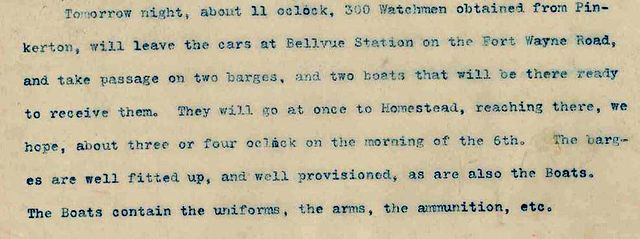Helen Clay Frick was an American philanthropist and art collector. She was born in Pittsburgh, Pennsylvania, the third child of the coke and steel magnate Henry Clay Frick (1849–1919) and his wife, Adelaide Howard Childs (1859–1931). Two of her siblings did not reach adulthood, and her father played favorites with his two surviving children, Childs Frick (1883–1965) and Helen. After the reading of their father's will, which favored Helen, the brother and sister were estranged for the rest of their lives.
Photograph of Frick in 1910
Clayton, the Frick family's Pittsburgh mansion
Helen Frick and her father, portrait by Edmund Charles Tarbell, c. 1910
Rogier van der Weyden Deposition, (or copy of) held at Palazzo Bianco. Photograph in the Frick Digital Archives.
Henry Clay Frick was an American industrialist, financier, and art patron. He founded the H. C. Frick & Company coke manufacturing company, was chairman of the Carnegie Steel Company and played a major role in the formation of the giant U.S. Steel manufacturing concern. He had extensive real estate holdings in Pittsburgh and throughout the state of Pennsylvania. He later built the Neoclassical Frick Mansion in Manhattan, and upon his death donated his extensive collection of old master paintings and fine furniture to create the celebrated Frick Collection and art museum. However, as a founding member of the South Fork Fishing and Hunting Club, he was also in large part responsible for the alterations to the South Fork Dam that caused its failure, leading to the catastrophic Johnstown Flood. His vehement opposition to unions also caused violent conflict, most notably in the Homestead Strike.
Henry Clay Frick
Frick's letter to Carnegie describing the plans and munitions that will be on the barges when the Pinkertons arrive to confront the strikers in Homestead.
Berkman's attempt to assassinate Frick, as illustrated by W. P. Snyder in 1892, originally published in Harper's Weekly.
Clayton








